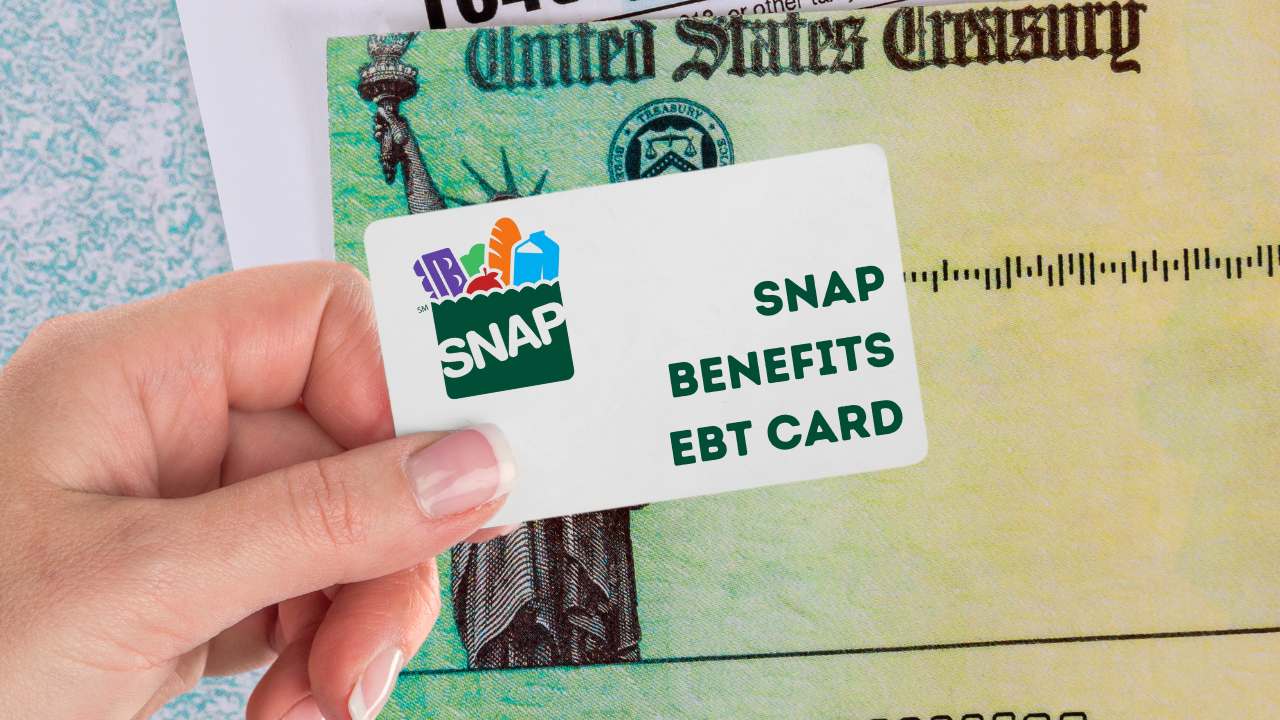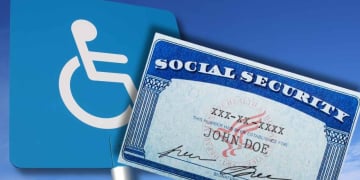SNAP benefit payment dates vary significantly within New York State. The main distinction depends on whether the recipient resides in the five boroughs of New York City (NYC) or in other areas of the state, commonly referred to as “outside NYC” or “Upstate New York.” This geographic separation determines the monthly distribution schedule, which is divided into two for demographic reasons.
The program is administered by the New York State Office of Temporary and Disability Assistance (OTDA). Benefits are electronically loaded onto beneficiaries’ EBT cards. The key factor in determining the exact receipt date is the last digit of the case number assigned to each SNAP-participating household.
June SNAP benefit dates: full calendar
For New York City residents outside of NYC, the SNAP payment schedule for 2025 follows a fixed pattern based on the last digit of the case number. Deposits occur in the first nine days of the month. Each digit, from 0 to 9, corresponds to a specific payment date within that initial range:
- Last digit of case 0 or 1: payment on June 1
- Last digit of case 2: payment on June 2
- Last digit of case 3: payment on June 3
- Last digit of case 4: payment on June 4
- Last digit of case 5: payment on June 5
- Last digit of case 6: payment on June 6
- Last digit of case 7: payment on June 7
- Last digit of case 8: payment on June 8
- Last digit of case 9: payment on June 9
When the scheduled date falls on a Saturday, Sunday, or holiday, the OTDA makes the deposit on the preceding business day. For example, if the first day of a month falls on a Sunday, beneficiaries with digits 0 or 1 will receive their payment on the preceding Friday. This adjustment ensures availability of funds on business days.
SNAP benefits en New York City
In contrast, the SNAP payment schedule in New York City (NYC) is more extensive. Deposits are distributed over thirteen specific days during the first two weeks of the month. These thirteen days systematically exclude Sundays and public holidays.
The specific dates for each last digit of the case number vary monthly. The OTDA publishes a detailed calendar for each month of the year. For example, according to the June 2025 calendar, beneficiaries with case numbers ending in 0 received payments on June 2 and 16. Those with case numbers ending in 1 received payments on June 3 and 17.
The dates for the remaining digits (2 through 9) are distributed among the other business days within those first two weeks of June. The exact pattern for other months differs, adapting to the structure of weekdays and holidays. Consulting the official monthly calendar is essential to confirm precise dates in NYC.
Maximum SNAP benefit amounts in 2025
SNAP benefit amounts are federally determined and adjusted annually. For Fiscal Year 2025 (October 1, 2024, to September 30, 2025), the maximum monthly benefits for households in the 48 contiguous states and the District of Columbia are as follows:
- 1 person: $292
- 2 people: $536
- 3 people: $768
- 4 people: $975
- 5 people: $1,158
- 6 people: $1,390
- 7 people: $1,536
- 8 people: $1,756
- Each additional person: +$220
Stimulus checks for 8 million New York State residents
New York State will send inflation relief checks to eligible households this fall. More than 8.2 million recipients will receive automatic payments of up to $400 with no additional paperwork. Distribution will begin in October 2025 and could extend into December.
Eligibility depends on the 2023 IT-201 tax return. Taxpayers must not be claimed as dependents on another return. Amounts vary based on adjusted gross income and filing status:
- Single/head of household: $200 (income ≤ $75,000) or $150 ($75,001-$150,000).
- Married jointly: $400 (income ≤ $150,000) or $300 ($150,001-$300,000).
- Qualified widowers follow the married scale.
The Department of Revenue will use data from filed returns to send checks to the address on file. These one-time payments do not affect future state or federal refunds. The program is funded by the 2025-2026 state budget as part of measures to reduce the financial burden on residents.
Governor Kathy Hochul emphasized that this initiative complements other efforts such as middle-class tax cuts and tax credits. The funds are intended to offset the cost of taxes impacted by inflation.




